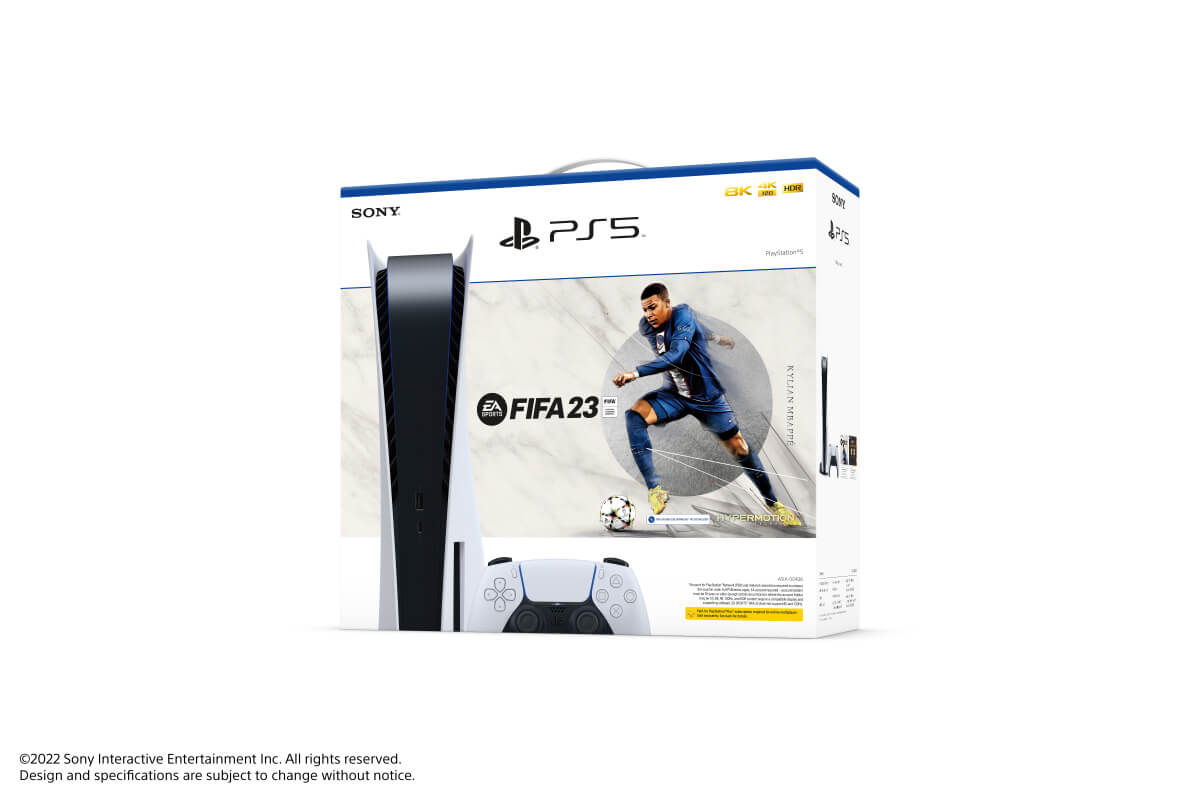Ask any business worth their salt what they really wanna see, and 99% will be desperate to utter the iconic words of Mr Jerry Maguire: “Show me the moneyyyyyy...” 💰
Company owners may well toot the horn of a 'beanbag culture', pizza Fridays, and dog-friendly offices, but when it hits the fan, there’s one thing that keeps the lights on, offices warm, and the business afloat: cold hard cash.
We're sure you'd love to see your revenue stream consistently rise by a pretty penny (or two), however, putting money in the bank is undoubtedly the hardest part of running a business.
Companies the world over are turning to a product bundling strategy to keep their revenue streams flowing.
In this article, we’ll discuss:
- What a product bundling strategy is
- Types of product bundling strategies
- Product bundling strategy advantages
- Product bundling strategy disadvantages
What is a product bundling strategy?
Product bundling is a pricing strategy that involves combining several products or services into a single offering – which is sold at a lower price than if the individual units were sold separately. The objective of product bundling is to incentivize purchases by effectively offering a discount on the items when purchased as a group, or bundle.
Types of product bundling strategies
A product bundling strategy being used differs, depending on what the company in question wants to achieve.
Types of strategies include:
- Pure bundles
- New product bundles
- Mix-and-match bundles
- Cross-sell bundles
- Gifting bundles
- Inventory clearance bundles
- Buy-one-get-one bundles
Let’s explore what each type of product bundle strategy looks like, in a little more detail…
What are pure bundles?
Pure bundles include products that are exclusive to the bundle itself. If the customer doesn’t purchase the bundle, items aren’t available as a standalone product.
For example, some cable companies provide bundles of services and channels for their viewers to select. However, there may be a solitary channel included within the bundle itself that can’t be viewed without signing up to the bundle in its entirety.
From a business perspective, this could be construed as being useful, because if a customer really wants to access the product or service, they have no choice but to make the purchase, as it’s unavailable elsewhere.
On the other hand, it could be perceived that this type of bundling places unfair pressure on the customer, who could be forced into making a purchase when they only really want a segment of the service on offer.
In this example, let’s say the bundle has ten channels, in total. If the customer is only interested in two of them, they’re only using the bundle to 20% of its potential - they’re not interested in the other 80%. Therefore, it’s likely to be the case that that’ll have a detrimental effect on customer retention.
What is new product bundling?
This product bundling strategy is used to coincide with the launch of a product and involves companies tying in a relevant, more recognizable product with the new offering to increase product awareness and generate more sales.
This approach is commonly used within the video game industry, particularly following the release of a flagship title, such as Grand Theft Auto, the latest FIFA title, or Call of Duty game.
In the case of Sony, the company releases a ‘bundle pack’, whereby customers can purchase both the Playstation console, along with a copy of the game itself.

Oftentimes, the bundle will also include additional perks such as online gaming credits, or a special edition sleeve/box art that’s exclusively available to gamers who buy the bundle.
What are mix-and-match bundles?
Mix-and-match bundling very much does what it says on the tin: customers are provided with a selection of products, and can make selections to create their own bundle.
This is viewed as a favorable method, as it affords the customer a degree of control over what they’re buying.
This type of bundling boosts customer satisfaction, enhances the buyer’s perceived value of the product, and will often lead them to buy more of your offering because they actually want each of the products included within the bundle.
What is cross-sell bundling?
A cross-sell bundle involves selling an additional product to complement the main product.
More often than not, this type of bundling is used to sell a cheaper product to complement an expensive product.
For example, if a buyer is upgrading their mobile phone to the latest version on the market, this is a prime opportunity for the salesperson to offer the customer a chance to buy a protective case and screen cover.
What are gifting bundles?
As the name suggests, gift bundles are targeted at customers who’re buying a bundle of products for a friend, family member, or loved one as a gift, and tend to be used in sync with an annual event.
For example, in the build-up to Valentine’s Day, stores capitalize on the celebration of love with bundles of chocolates, teddy bears, and balloons.
What is inventory clearance bundling?
If a company is struggling to sell surplus inventory that’s less popular with customers, they often bundle the product together with a more popular item(s) to create a brand-new offering.
For example, if a clothing company have three separate items that haven’t sold well individually (let’s say, a sweatshirt, hat, and scarf), they could bundle them together as a ‘winter essentials’ package, and sell them in a cheaper, discounted rate.
This arrangement is beneficial for both parties: it enables the customer to add three staples of a winter wardrobe to their selection and allows the vendor to sell products that were otherwise overstocked.
What are the advantages of product bundling?
The first advantage of product bundling is that it simplifies the purchase decision for the customer.
Buyers are overwhelmed by choice, and they’re looking for any indication that your brand or product is right for them. Reducing the number of decisions a customer has to make will simplify the buying decision, and make it that much easier for them to purchase your products.
There’re some customer segments that may respond better to bundling than others, and this is where customer segmentation can be useful.
The second advantage is that bundling allows you to sell more of your low-volume or less popular products.
For example, when buyers purchase a new iPhone from Apple, most won’t buy their phone case at the same time. Perhaps they want a different brand, style or color.
For this reason, Apple sells fewer phone cases than iPhones, even though one could argue that every smartphone needs a case. But, if Apple were to bundle the case with the phone, then they’d be ensuring they sell equal volumes of both products.
The third advantage is that bundling allows you to increase the average order size or average revenue per customer. When a customer comes to your business wanting to purchase one product, and you can get them to buy two or three instead, you’re able to increase the value of that customer.
What are the disadvantages of product bundling?
The first disadvantage is that customers might be put off by the bundle, and not purchase from you at all.
This is particularly a risk with hard bundling where the products are not available except through the bundle. If the customer just wants to purchase one product and doesn’t need the other product at all, then they might turn to one of your competitors to buy it instead.
The second disadvantage to bundling is the potential impact of discounting. By offering the products for a lower combined price than they would be to purchase alone, you may be risking decreasing customer perception of value. Or, perhaps the profit margins of your product are already pretty slim, and discounting would trim those profits even more.
At the end of the day, bundling is just like any other pricing and packaging decision - to find out if it works for your products and customers, you’ll need to test, test and then test some more. Don’t bundle just to bundle - make sure it adds value to both your business and your best customers.


















 Follow us on LinkedIn
Follow us on LinkedIn



.svg?v=176eabd947)